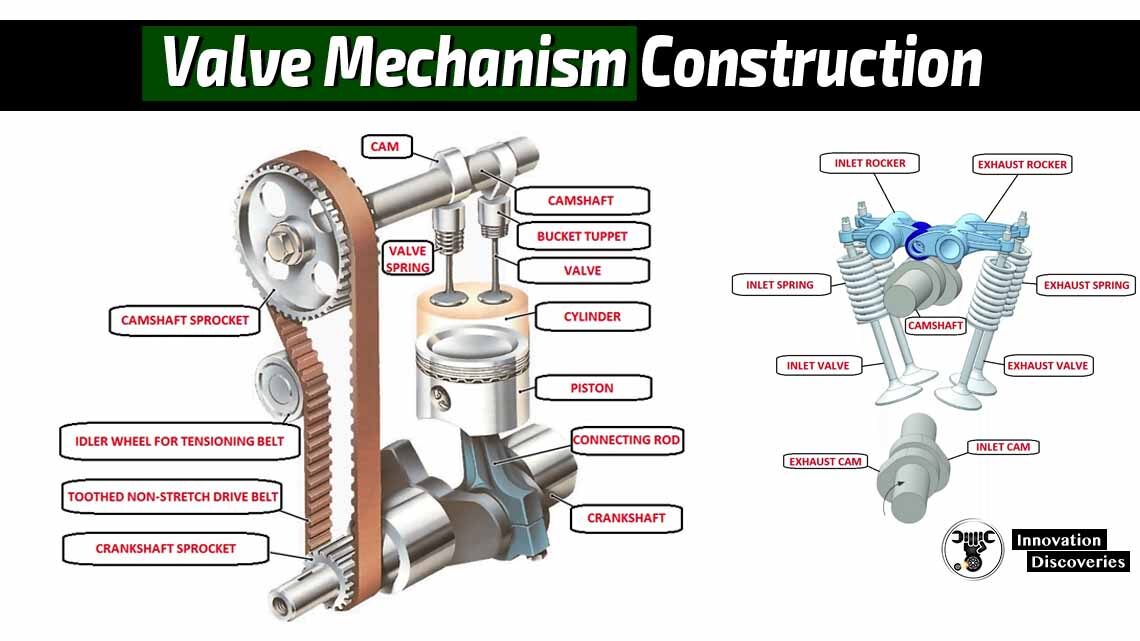
The valve mechanism opens or closes the intake valve and exhaust valve at the proper timing to input the air-fuel mixture into the combustion chamber space and output the combustion gas into the outside.
The operation is provided by,
pear-shaped cams, on a rotating camshaft, driven by a chain or a belt.
The camshaft is mounted in the engine block. The camshaft has many small cams with an appropriate position on the shaft. It transmits effort to the valve through the cams and metal pushrod.
The top of pushrod pushes a rocker arm which bears against the stem of a valve.
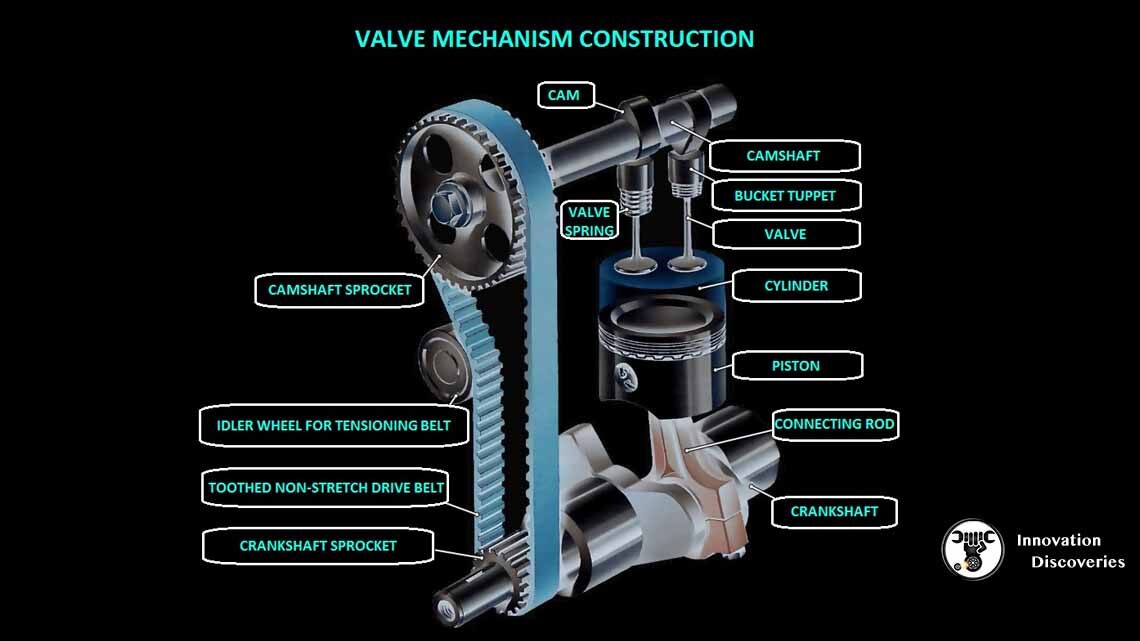
The valve mechanism consists of,
1 – camshaft
2 – pushrod
3 – valves (inlet valve and exhaust valve)
4 – rocker arm
5 – valve springs
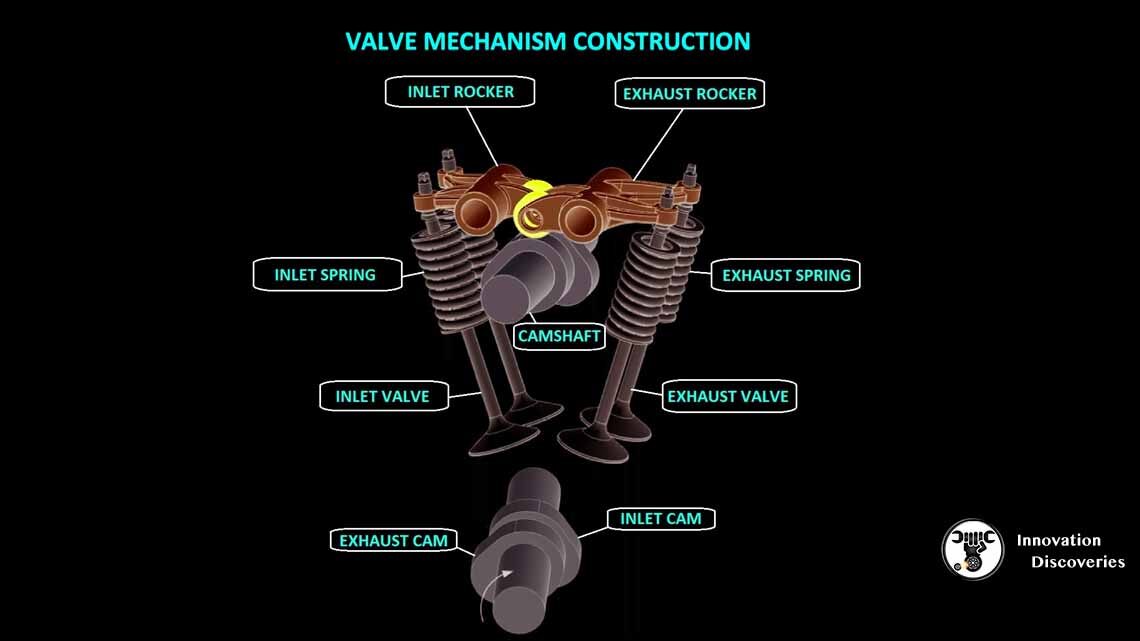
A camshaft is – a mechanical component of the engine, which rotates, enables the engine to function by opening valves in time with the crankshaft.
Also, read : DIFFERENCE BETWEEN CRANKSHAFT AND CAMSHAFT
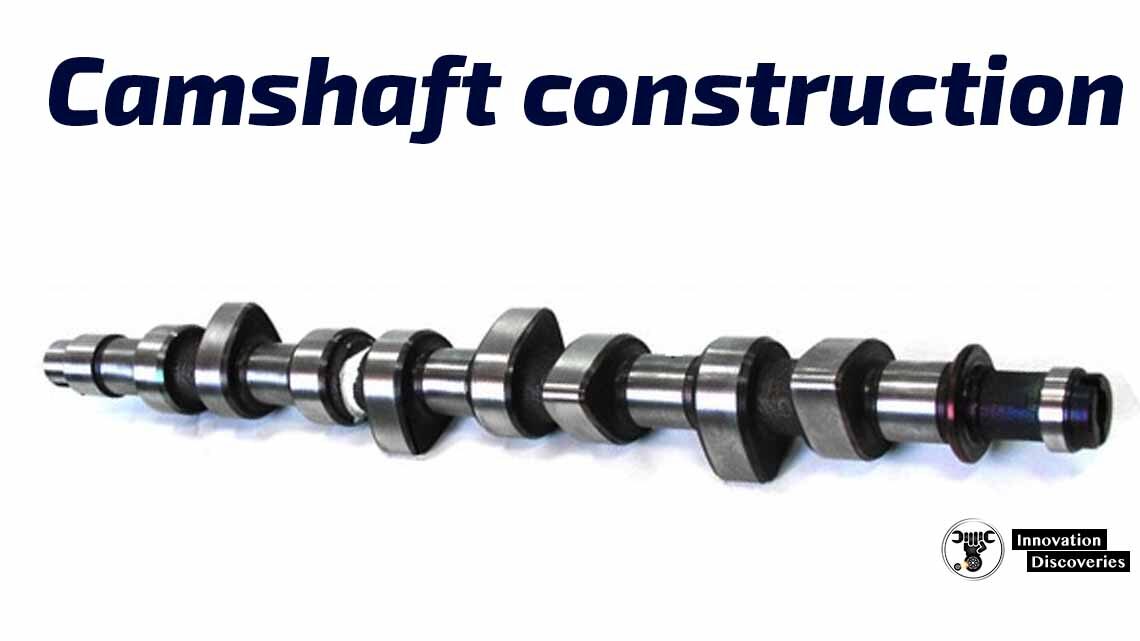
Inlet valve – details, which allows air-fuel mixture into the cylinder at a precise moment.
Exhaust valve – details, which allows the spent gases to escape at a precise moment.
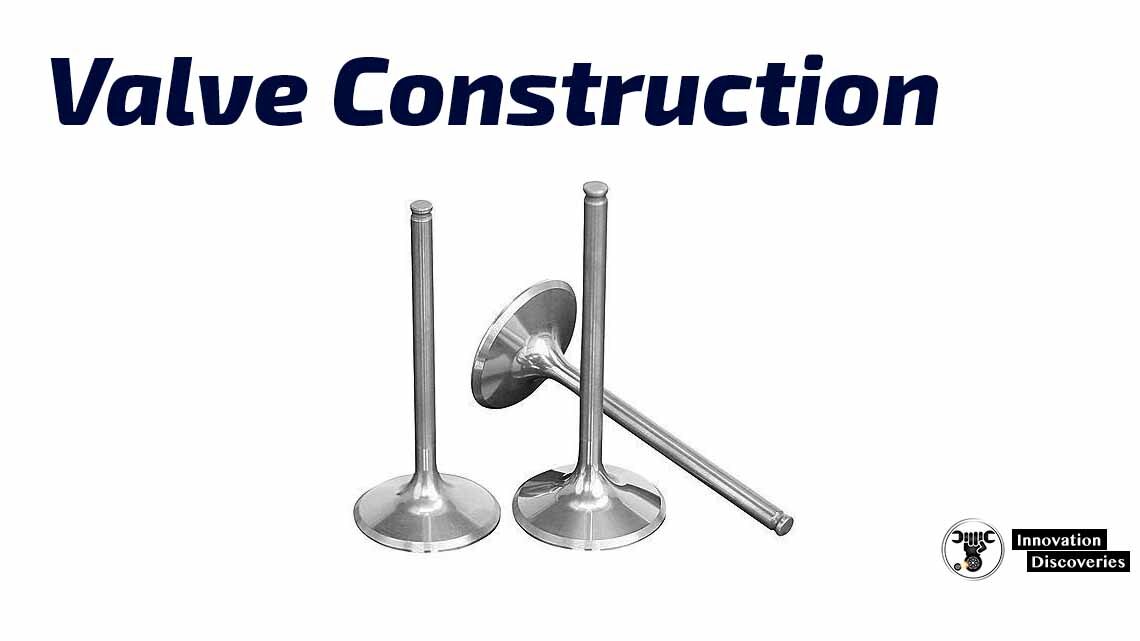
Types of valve mechanisms
Four-stroke engines have valve mechanisms,
That provides inlet air-fuel mixture and output exhaust the combustion gas.
Gas distribution in a two-stroke engine is carried out with a crank mechanism.
Valve mechanisms vary according to valves situation in the engine block.
There is valve mechanisms upper and lower situation.
lower valve mechanism lives into the engine block and Upper valve mechanism lives into the head engine.

Scheme of Valve mechanism for Diesel Engine
- Camshaft
- Cam follower
- Small metal cylinders tappets;
- Pushrod
- Cylinder head
- Rocker arm
- Lock-nut;
- Adjusting screw
- Valve keeper
- Sleeve
- Shim
- Spring seat
- Internal spring
- Shim
- Exhaust valve
- Valve seat
Read More:


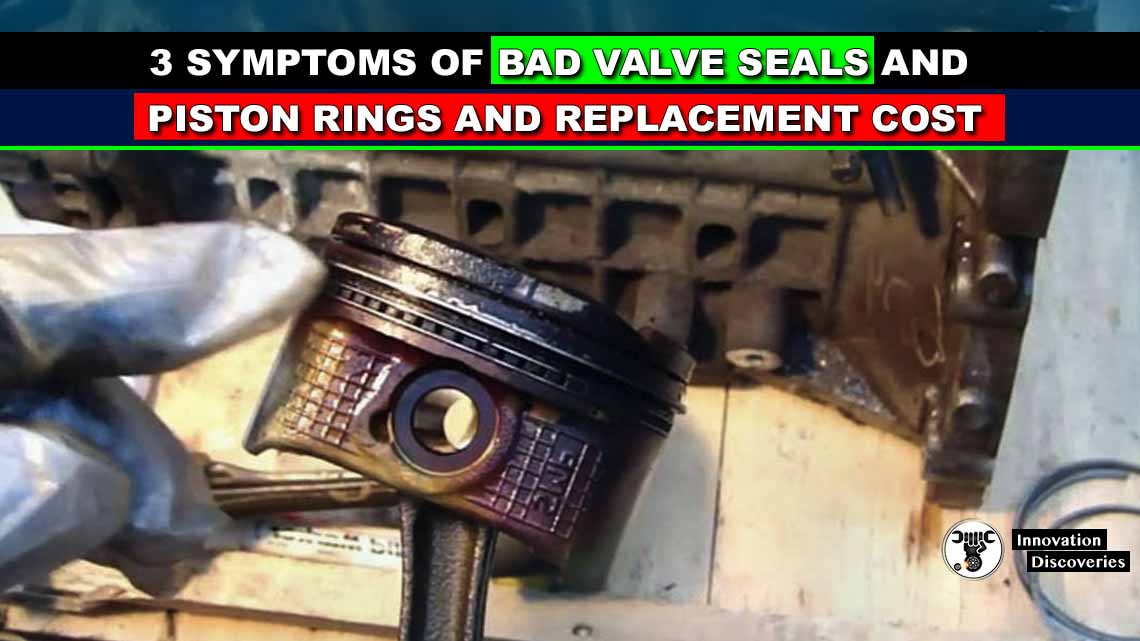
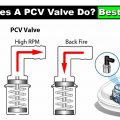
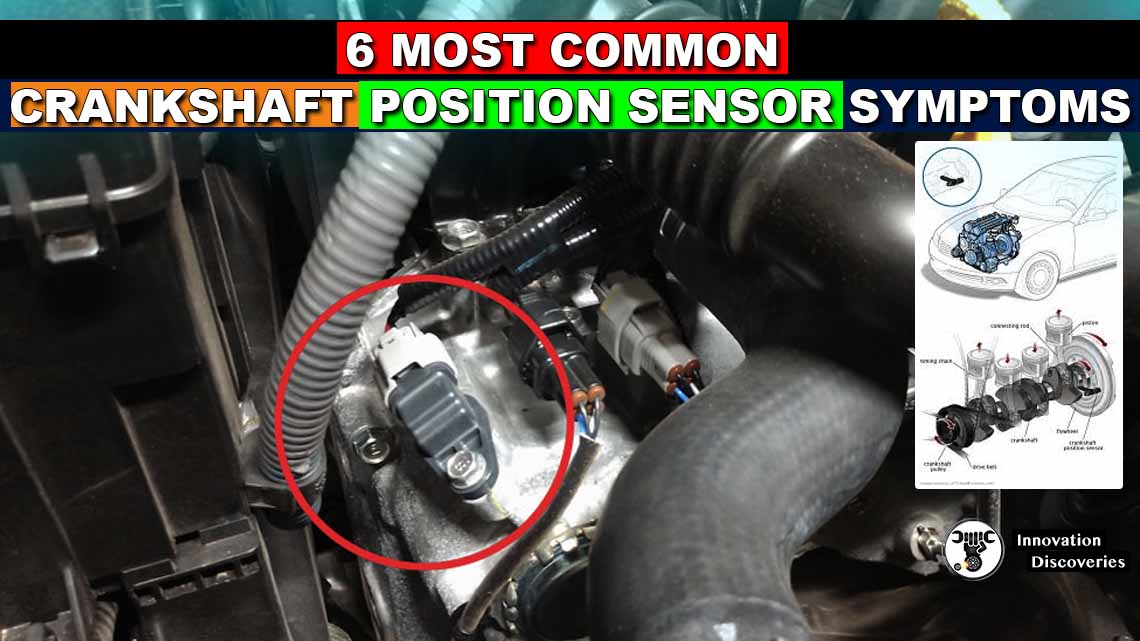

3 Comments